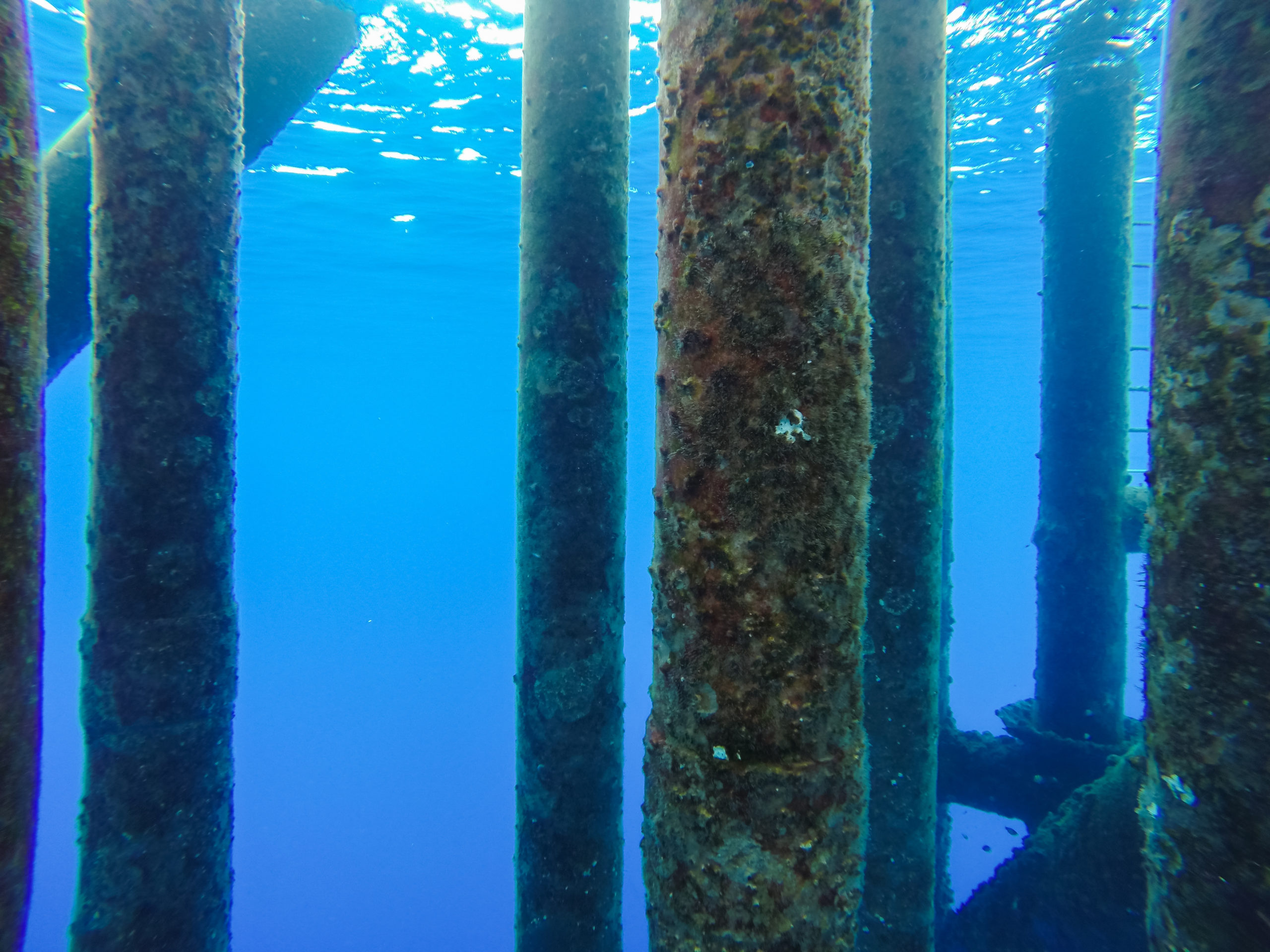Subsea Inspection Consultancy Services
Protection of your production subsea requires an understanding of how both the inspection and integrity functions must work together to provide an overall understanding of your assets current condition and its Fitness For Service.
Non piggable subsea assets can be problematic to manage due to their lack of inspection history and the difficulty in obtaining useful inspection data. Furthermore, determining an inspection strategy which balances the risk of operation against fiscal needs is challenging as retrieving data which is analogous to pigging i.e. 100% coverage is not cost effective.
A Risk Based Inspection and Assessment strategy is required which takes account of the credible integrity threats, probability of those threats occurring and their likely locations before performing a Marine Targeted Inspection (MTI).
RBA Preparation Work
Data is gathered and a gap analysis performed of missing data required to develop an informed strategy. This information is then assessed to determine the predictability of corrosion locations and identification of further areas for inspection (both subsea and topsides). The output of the inspection program is considered in terms of where the results could be considered representative of the rest of the pipeline.
Threat Assessment and Inspection Location Selection
The available data is assessed to identify potential corrosion mechanisms and their current mitigation measures i.e. corrosion inhibitors for internal and CP for external. A further assessment is then made of the likelihood of corrosion as a result of these mechanisms and a review of the corrosion modelling is performed to calculate the anticipated corrosion rate.
Then an RBA is conducted to establish the mechanisms of greatest interest and the locations at which they are most likely to occur. This RBA then forms the basis of the requirements for the inspection program inclusive of MTI locations and the necessary inspection output for integrity analysis.
MTI Strategy Development
The technique(s) selected for the inspection will be based upon the type of threat, the coverage required and the inspection target configuration as a minimum. Mako works with UT, Radiography, Electromagnetic and photogrammetry techniques. The requirement for validation (blind or not) will also be assessed versus the inspection requirements. The validation sample requirements – number of defects, type, position, orientation etc. will also be determined at this point.
The inspection technique deployment method will then be assessed based on the preferred/available vessel, the feasibility of using ROV or divers and if a new method needs to be considered based upon available access, for example. The interface/integration requirements of the equipment – power, comms, hydraulics – will also be considered.
Ancillary tooling required to execute the project will also be assessed – dredging, cleaning, coating removal etc. The interface/integration requirement of the equipment – power, comms, hydraulics – will also be considered.
Final selection of inspection tooling and ancillary tooling providers can be assisted by Mako. An understanding of mobilisation times, vendor project scheduling and other factors affecting the project execution can be assessed and monitored on an ongoing basis.
MTI Execution
The outputs from the MTI Strategy can then be used to execute the inspection offshore and gather the required data at the specified locations. Mako can provide representation upon the vessel if requested by the Operator – an inspector with subsea experience to oversee that portion of the workscope for example.
Fitness for Service and Remnant Life Determination
Upon completion of the inspection project and receipt of the inspection dataset a comparison will be made with the Threat Assessment’s corrosion prediction. This will enable difference to be accounted for and, if necessary, the identification of additional inspection locations.
The defects will then be assessed to an appropriate code i.e. ASME B31G or DNVGL-RP-F101 so that the Fitness for Service can be determined. The defects will then be grown until the code acceptance criteria is breached and the remnant life of the component determined. The interval for reassessment and potential reinspection will be determined based upon the calculated remnant life of the component.





